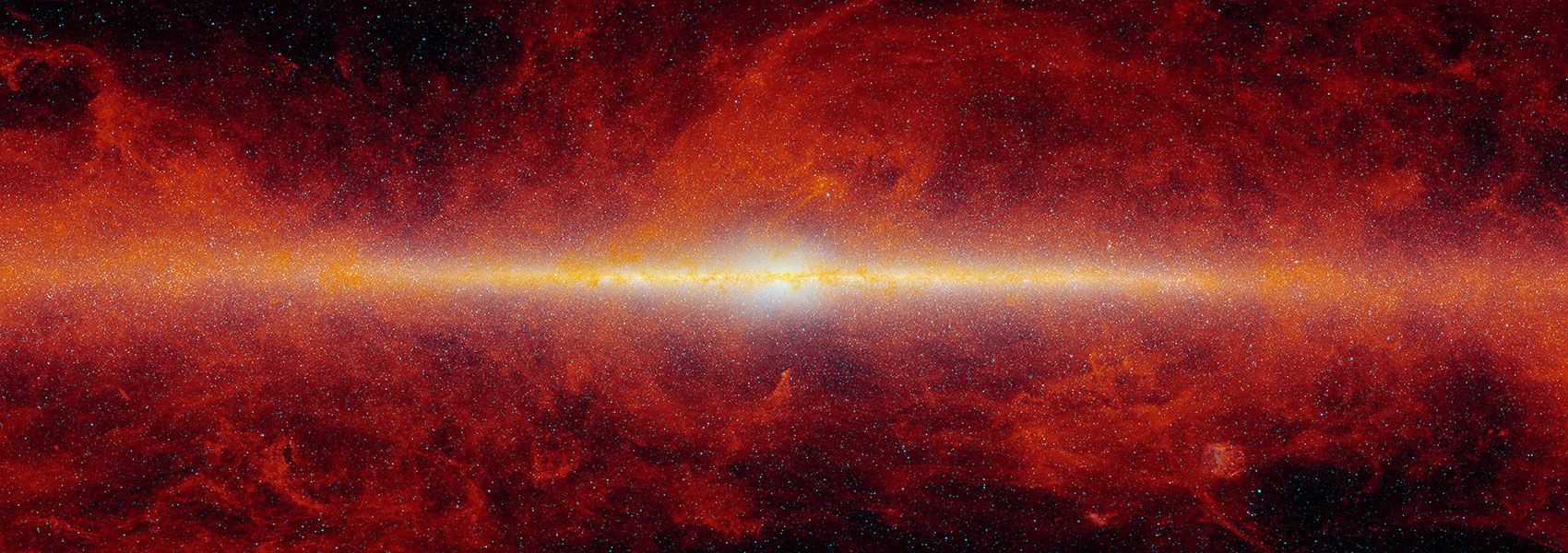November
2019
•
2019ApJ...886...60S
Authors
•
Sutter, Jessica
•
Dale, Daniel A.
•
Croxall, Kevin V.
•
Pelligrini, Eric W.
•
Smith, J. D. T.
•
Appleton, Philip N.
•
Beirão, Pedro
•
Bolatto, Alberto D.
•
Calzetti, Daniela
•
Crocker, Alison
•
De Looze, Ilse
•
Draine, Bruce
•
Galametz, Maud
•
Groves, Brent A.
•
Helou, George
•
Herrera-Camus, Rodrigo
•
Hunt, Leslie K.
•
Kennicutt, Robert C.
•
Roussel, Hélène
•
Wolfire, Mark G.
Abstract
•
The brightest observed emission line in many star-forming galaxies is the [{{C}} {{II}}] 158 μm line, making it detectable up to z ∼ 7. In order to better understand and quantify the [{{C}} {{II}}] emission as a tracer of star formation, the theoretical ratio between the [{{N}} {{II}}] 205 μm emission and the [{{C}} {{II}}] 158 μm emission has been employed to empirically determine the fraction of [{{C}} {{II}}] emission that originates from the ionized and neutral phases of the interstellar medium (ISM). Sub-kiloparsec measurements of the [{{C}} {{II}}] 158 μm and [{{N}} {{II}}] 205 μm lines in nearby galaxies have recently become available as part of the Key Insights in Nearby Galaxies: a Far Infrared Survey with Herschel (KINGFISH) and Beyond the Peak programs. With the information from these two far-infrared lines along with the multi-wavelength suite of KINGFISH data, a calibration of the [{{C}} {{II}}] emission line as a star formation rate (SFR) indicator and a better understanding of the [{{C}} {{II}}] deficit are pursued. [{{C}} {{II}}] emission is also compared to polycyclic aromatic hydrocarbon (PAH) emission in these regions to compare photoelectric heating from PAH molecules to cooling by [{{C}} {{II}}] in the neutral and ionized phases of the ISM. We find that the [{{C}} {{II}}] emission originating in the neutral phase of the ISM does not exhibit a deficit with respect to the infrared luminosity and is therefore preferred over the [{{C}} {{II}}] emission originating in the ionized phase of the ISM as an SFR indicator for the normal star-forming galaxies included in this sample.
Links




